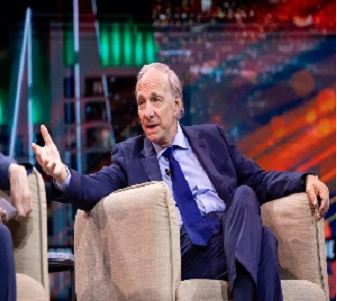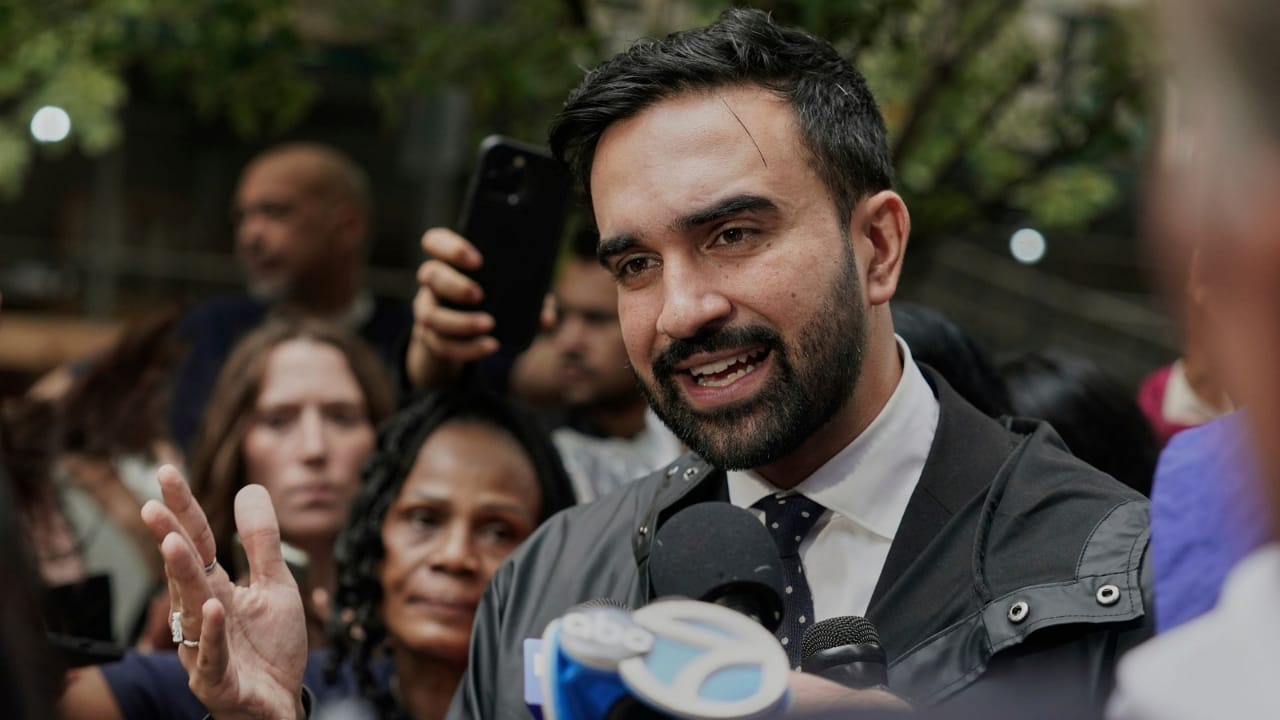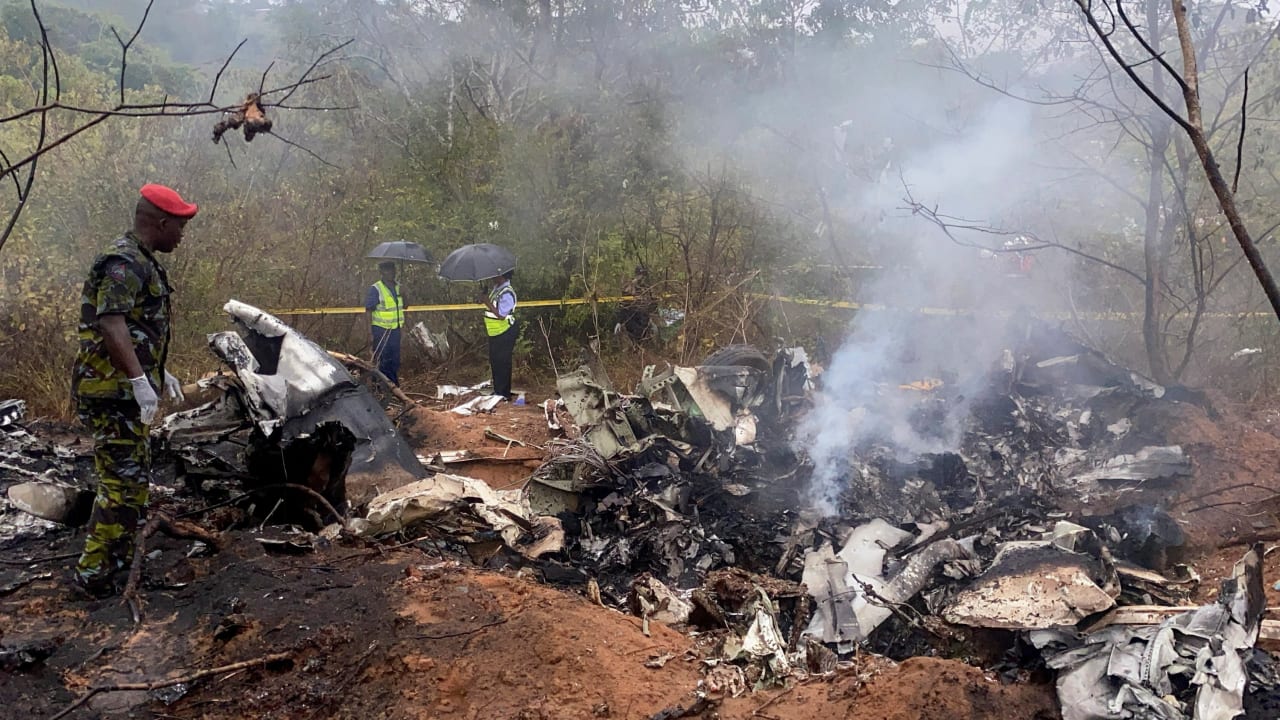
(By Kainat Rajput )
During the 2025 Fortune Global Forum in Riyadh, the renowned investor and Bridgewater Associates founder, Ray Dalio, conveyed a clear warning: the U.S. economy is no longer a cohesive, uniformly growing entity. Instead, it relies on a limited group of extremely efficient employees and several leading sectors, especially technology and finance. He contends that this intense growth conceals a more profound issue—one that could jeopardize both economic stability and societal unity.
The Real Engine of Growth

Dalio noted that several states and industries are significantly influencing U.S. GDP. Although the national scoreboard appears strong, it is primarily due to the significant influence of Silicon Valley, Wall Street, and other important canters. He stated: “You can no longer view the U.S. as a unified entity… instead, you must examine the significant disparities” (IndexBox, 27 Oct 2025). Analysts indicate that more than 20 states are actually undergoing contraction or stagnation, despite the overall output increasing, as growth is focused in regions such as California, Texas, and New York (Moody’s/Cited by IndexBox) (IndexBox blog, Oct 27, 2025).
This trend shows that America’s economic strength is more and more focused in a limited number of innovation-centric ecosystems, causing significant areas of the nation to be estranged from the story of prosperity. Areas reliant on conventional manufacturing, farming, or diminishing industries find it challenging to keep up with the swift advancements of technology and finance canters. This imbalance not only skews the national growth landscape but also exacerbates regional disparities, increasing discontent among communities that have been neglected. Economists contend that a genuinely resilient economy cannot depend exclusively on the output of a handful of exceptional states — it needs to promote wider involvement via infrastructure development, education, workforce retraining, and backing for local businesses. Without these corrective actions, the U.S. risks evolving into an economy with “two speeds”: one moving swiftly into the future, and another stagnating on the periphery of advancement.
Skills, Population & Productivity
Dalio was clear about the human aspect of the situation: he indicated that around 60% of Americans cannot engage productively given the current economic pressures. He mentioned low literacy rates, insufficient skills, and a mismatch with fast-changing technology as key concerns (IndexBox blog, Oct 27 2025). What is the significance of this? He believes that the U.S. is progressively neglecting most of its people while relying heavily on the tiny “top 1 %” of employees — those engaged in advanced AI, innovation, and high-value activities.
Why This Dependency MattersFragility
When substantial growth is concentrated in limited sectors, any disturbance (technology downturn, regulatory upheaval, local crisis) can cascade throughout the whole economy. Disparity and disappointment: Dalio connects economic divergence with increasing social distrust, populism, and political unrest. In his evaluation, the U.S. appears to be moving towards situations similar to those of the 1930s-1940s — where economic disparities, ideological divisions, and diminished trust fostered political unrest. (Financial Times interview, September 2, 2025) Policy misalignment: The reality that substantial portions of the population are disconnected from growth implies that typical indicators (GDP, employment rate) might conceal significant underlying issues. Regional divergence and decline: As Dalio pointed out, only a handful of states are currently driving national GDP, while numerous other states are experiencing stagnation. This indicates that vast regions of the nation are not experiencing growth, which could weaken national unity and investment in infrastructure. Workforce misalignment: If 60% of the population is truly under-utilized or lacks the necessary skills for the economy’s existing needs (as Dalio indicates), then human capital is wasted. That disparity not only undermines productivity but also exacerbates socioeconomic divides. Debt and fiscal risk amplification: Reliance on a limited segment results in fewer contributors to the tax base and increased pressure to finance services, subsidies, and debt. Dalio has cautioned that elevated levels of public and private debt pose possible “heart attack” threats to the economy.
What Must Be Done
Dalio offered more than a warning — he implied a series of imperatives:
⦁ Broaden participation: Investing in literacy, digital/tech skills, and lifelong learning so that more of the population can engage productively.
⦁ Spread growth: Encourage economic opportunity beyond the few coastal tech hubs — diversify industries, bolster regional ecosystems.
⦁ Reduce dependency on single sectors: A tech-centric economy may be powerful, but it’s also brittle if populations and regions are excluded.
⦁ Address systemic debt and fiscal risk: Dalio has long warned of “debt-induced heart attacks” (Moneywise, Aug 2025) — which adds urgency to balancing growth with stability.
These mandates illustrate Dalio’s wider philosophy that enduring economic stability relies on equilibrium — among innovation and inclusion, growth and responsibility, ambition and moderation. Increasing participation goes beyond just job creation; it involves establishing a more equitable system that ensures financial, technological, and educational resources are available to everyone. Diversification is not just an economic tactic but also a protection against the concentration of power and opportunity. According to Dalio’s model, countries that do not evenly allocate opportunity and risk will inevitably encounter not only economic stagnation but also social and political divisions that jeopardize their enduring strength
The Stakes
⦁ Dalio’s cautions are significant as they originate from an individual whose profession is founded on predicting macro-cycles many years into the future. Investors need to pay attention: although company profits seem strong and markets are thriving, a significant structural issue might be building up underneath.
⦁ For decision-makers, the takeaway is evident: a thriving economy isn’t solely defined by prominent GDP figures — it encompasses inclusive development, robustness, and widespread productivity.
Conclusion
According to Dalio, the U.S. economy is no longer a single engine driving everyone forward. It’s a high-performance sports vehicle — incredibly quick for a select few adept drivers, while most travel in the rear. That model can produce exhilarating speeds, but also perilous discrepancies. Sustainable strength comes from creating a vehicle accessible to all, rather than one designed solely for the privileged. Dalio contends that genuine economic resilience occurs when opportunities aren’t restricted by location, education, or industry. An inclusive economy doesn’t focus on reducing the fast lanes’ pace — it aims to broaden access to them. When innovation, investment, and policy focus on inclusive participation — supporting smaller states, various industries, and marginalized workers — the outcome is not only equity but also increased national stability. In this context, inclusion isn’t merely a moral addition; it’s a strategic necessity for sustaining enduring competitiveness and social unity






